Boston Chinatown, with its rich tapestry of history, stands as a testament to the enduring spirit of the Chinese immigrant community in the United States.
Dating back to the late 19th century, this enclave holds a captivating narrative shaped by resilience, cultural preservation, and community strength.
The history of Boston Chinatown unfolds against the backdrop of challenges such as the Chinese Exclusion Act and urban renewal threats.
From its early economic foundations to the evolution of cultural institutions, the neighbourhood has played a pivotal role in contributing to Boston’s diversity.
As we delve into the intricate threads of this historical fabric, we uncover stories of immigration, discrimination, activism, and the dynamic growth of a community that has become an integral part of Boston’s identity.
Explore with us the vibrant and compelling history of Boston Chinatown, a living testament to the enduring legacy of a remarkable community. Stay sharp.
Early Immigration and Settlement of Boston Chinatown
The history of Boston Chinatown is deeply rooted in the early waves of Chinese immigration to the United States in the 19th century.
Here is an overview of the early immigration and settlement of Boston Chinatown:
Early Immigration Waves (mid-19th century)
The initial wave of Chinese immigrants to the United States began in the mid-19th century, primarily drawn by the California Gold Rush and later by opportunities in railroad construction and other labour-intensive industries.
Many Chinese immigrants faced discrimination and hardships during this period.
Chinese Exclusion Act (1882)
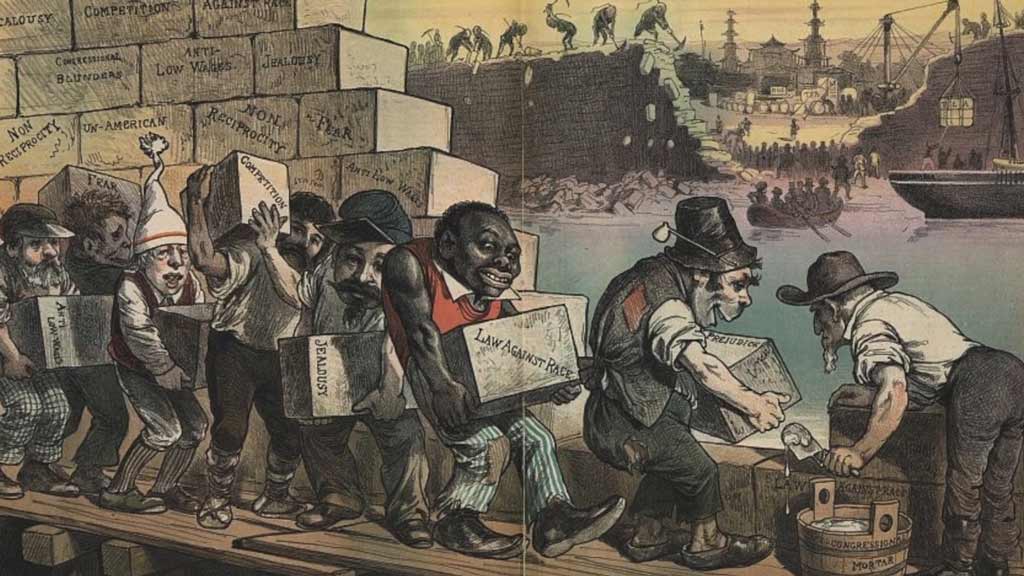
The Chinese Exclusion Act, passed in 1882, was a significant piece of legislation that severely restricted Chinese immigration to the United States.
This discriminatory law marked a turning point, making it difficult for Chinese immigrants to enter the country and reunite with their families.
Immigration to the East Coast
Due to the challenges posed by the Chinese Exclusion Act, some Chinese immigrants sought opportunities on the East Coast.
Boston became one of the cities that attracted Chinese immigrants, offering jobs in industries such as garment manufacturing, laundry services, and restaurants.
Establishment of Boston Chinatown
The Boston Chinatown, officially recognized in 1870, started to take shape as a distinct ethnic enclave.
The community initially settled in the area around Harrison Avenue and Beach Street, which eventually became the heart of Boston Chinatown.
Social and Cultural Developments
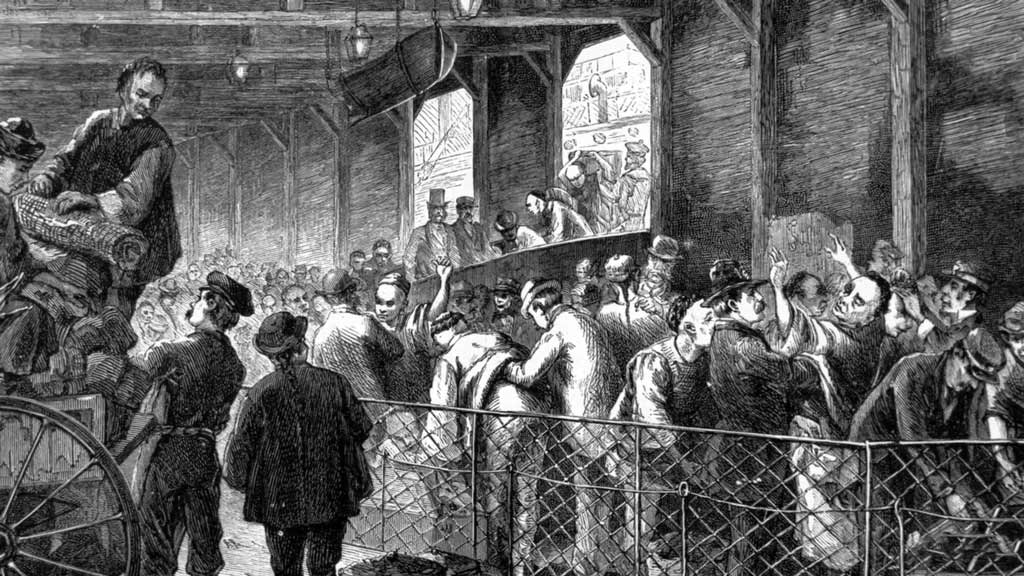
Despite facing discrimination and economic challenges, the Chinese community in Boston worked to establish social and cultural institutions.
These included family associations, community centres, and schools that helped preserve their cultural heritage and provide support to new immigrants.
Challenges and Discrimination
Like other Chinatowns across the United States, Boston Chinatown faced discrimination and challenges, including racism, segregated housing, and limited job opportunities.
The community struggled against stereotypes and worked towards overcoming social and economic obstacles.
Urban Renewal and Community Activism
In the mid-20th century, Boston Chinatown, like many urban neighbourhoods, faced the threat of displacement due to urban renewal projects.
However, community activists successfully mobilized to preserve the neighbourhood and its cultural identity.
Over the years, Boston Chinatown has grown and evolved into a vibrant community with a rich cultural heritage, diverse businesses, and a strong sense of identity.
While the early history was marked by challenges, the resilience and determination of the Chinese community have played a crucial role in shaping the neighbourhood’s character and contributing to the broader cultural tapestry of Boston.
Development and Growth of Boston Chinatown
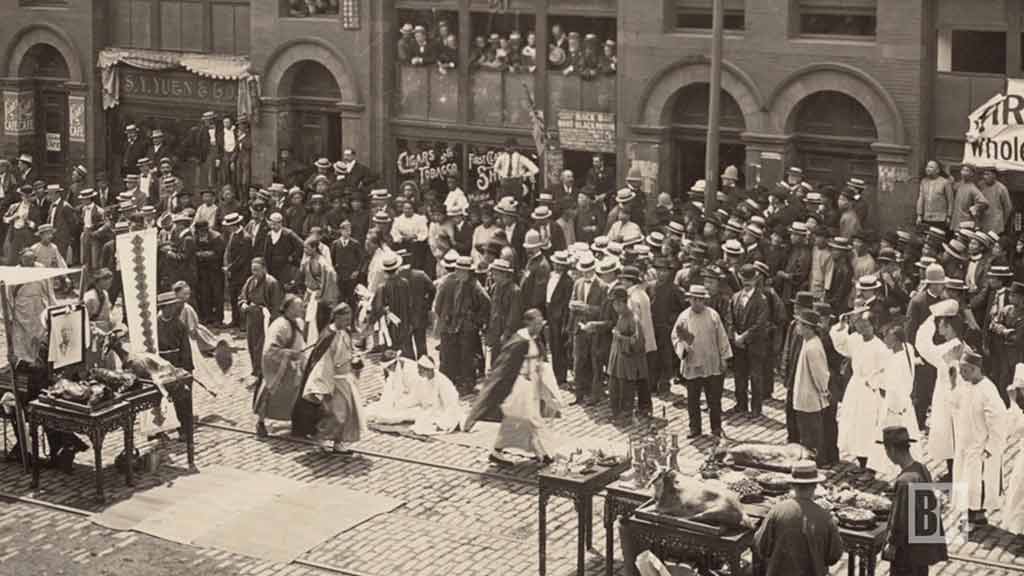
Boston Chinatown is a testament to the enduring spirit and resilience of the Chinese immigrant community in the face of historical challenges.
From its humble beginnings in the late 19th century, the neighbourhood has grown into a vibrant cultural enclave, contributing significantly to the diversity and dynamism of Boston.
This journey of development and growth reflects the community’s ability to overcome adversity and create a distinct, thriving neighbourhood.
Economic Foundations
The early development of Boston Chinatown was closely tied to economic opportunities available to Chinese immigrants.
Initially concentrated in industries like garment manufacturing, laundry services, and restaurants, the community established a foothold in the city’s economy.
As time progressed, entrepreneurship within the community expanded to include a diverse range of businesses, contributing to the economic vitality of the neighbourhood.
Cultural Institutions and Identity
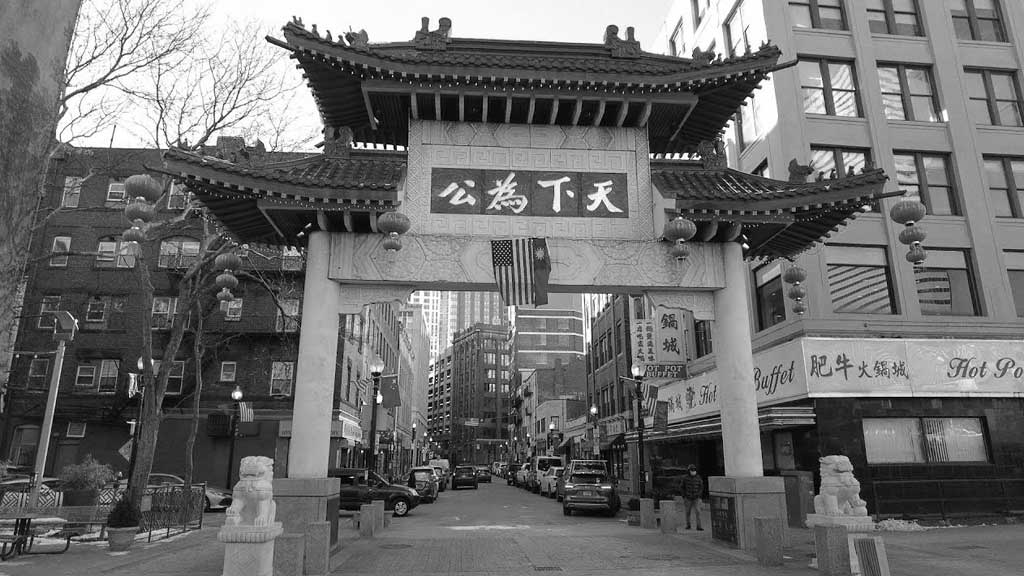
Boston Chinatown has been a stronghold for preserving and celebrating Chinese culture.
Community members established cultural institutions, schools, and family associations to maintain their traditions and pass them on to future generations.
This commitment to cultural identity has been pivotal in fostering a strong sense of community and belonging.
Social Networks and Support Systems
Facing challenges such as discrimination and language barriers, the early Chinese immigrants in Boston formed tight-knit social networks and support systems.
Family associations and community centres played crucial roles in providing assistance to newcomers, fostering a sense of solidarity and mutual aid within the community.
Urban Renewal and Activism
During the mid-20th century, Boston Chinatown confronted the threat of urban renewal projects that endangered its existence. However, the community’s activists and residents mobilized to protect their neighbourhood.
Through grassroots efforts, they advocated for preserving their cultural heritage, successfully resisting displacement and contributing to the neighbourhood’s continued growth.
Educational and Professional Advancements
As subsequent generations of Chinese Americans grew up in Boston Chinatown, a focus on education became increasingly pronounced.
The community has seen educational achievements and professional advancements, with individuals making significant contributions in various fields.
This trend has empowered individuals within the community and contributed to the overall development of Boston.
Evolving Demographics and Community Outreach
The demographic landscape of Boston Chinatown has evolved over time, with an influx of new immigrants and a growing diversity within the community.
Community organizations have adapted to these changes, engaging in outreach programs and services to address the evolving needs of residents.
This inclusivity has contributed to the neighbourhood’s dynamic growth and reinforced its welcoming and supportive community position.
The development and growth of Boston Chinatown underscore the remarkable journey of a community that, against historical odds, has thrived and contributed significantly to the cultural mosaic of Boston.
The neighbourhood’s economic resilience, cultural vibrancy, and commitment to community building have made it a unique and integral part of the city’s identity.
Challenges Faced by the Boston Chinatown Community
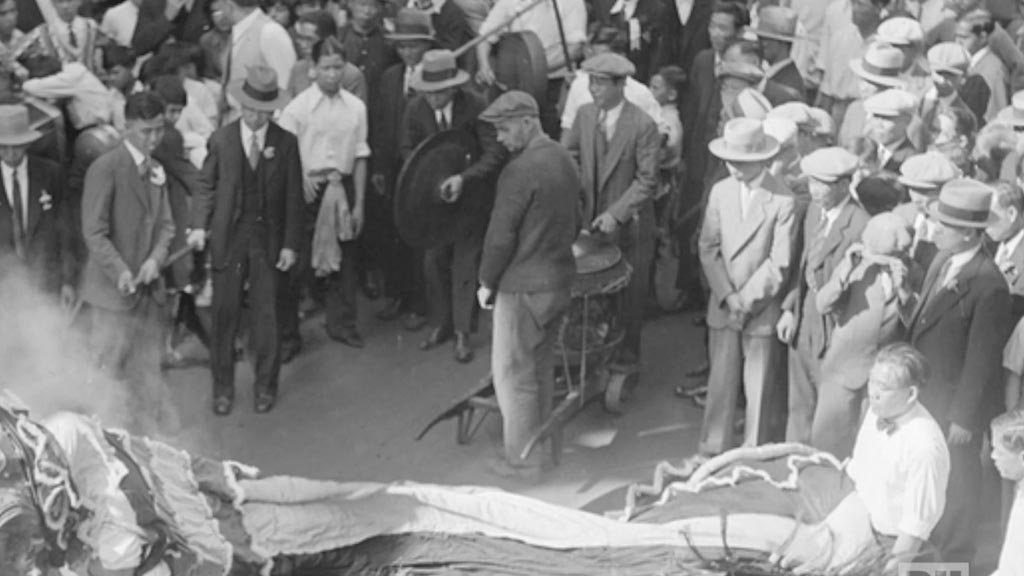
The Boston Chinatown community has faced numerous challenges throughout its history, reflecting broader issues related to immigration, discrimination, and urban development.
Here are some of the key challenges that the Boston Chinatown community has encountered:
Discrimination and Racism
Chinese immigrants in Boston Chinatown, particularly during the late 19th and early 20th centuries, faced widespread discrimination and racism.
They were often subjected to stereotypes, hostility, and exclusionary practices that limited their opportunities in housing, employment, and social interactions.
The Chinese Exclusion Act and Immigration Restrictions
The Chinese Exclusion Act of 1882 was a federal law that severely restricted Chinese immigration to the United States.
This legislation, along with subsequent immigration restrictions, created significant barriers for families to reunite and for new immigrants to enter the country, impacting the growth and stability of the community.
Economic Challenges
Early Chinese immigrants in Boston Chinatown often worked in low-wage industries, such as laundry services and garment manufacturing, facing economic hardships.
Limited job opportunities and unequal pay contributed to the economic struggles within the community.
Housing Segregation and Urban Renewal
The community experienced housing segregation, with many Chinese residents confined to specific neighbourhoods within Boston, including Chinatown.
Additionally, the threat of urban renewal projects in the mid-20th century posed a significant challenge, as the neighbourhood faced potential displacement and loss of cultural heritage.
Language Barriers and Limited Access to Services
Language barriers posed challenges for Chinese immigrants, affecting their access to essential services such as healthcare and education.
Limited proficiency in English hindered communication and made it challenging for community members to participate fully in broader society.
Gentrification Pressures
In more recent times, gentrification has posed a threat to the historic character of Boston Chinatown.
Rising property values and development pressures have led to concerns about displacement as the cost of living increases and traditional businesses are replaced by upscale establishments.
Educational Disparities
Early Chinese immigrants faced educational disparities due to language barriers and discrimination.
While subsequent generations have made strides in education, challenges such as unequal access to quality schools and resources persist, impacting the academic achievements of some community members.
Community Health Concerns
In certain periods, the community has faced health challenges, including disparities in healthcare access and cultural barriers to seeking medical assistance.
These issues have been exacerbated by external events, such as the COVID-19 pandemic, which disproportionately affected minority communities.
Despite these challenges, the Boston Chinatown community has demonstrated resilience and unity, mobilizing through activism and community organizations to address and overcome these obstacles.
Influence of Chinatown on Boston’s Culinary Scene
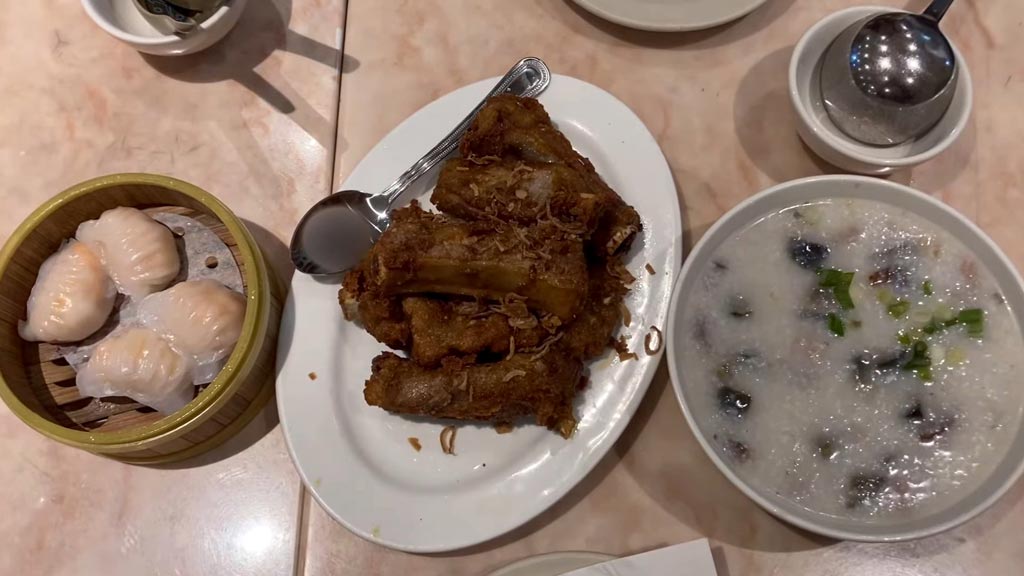
Boston’s culinary landscape has been significantly influenced by the vibrant and dynamic presence of Chinatown.
Nestled in the heart of the city, Chinatown has served as a cultural hub for the Chinese community and left an indelible mark on the broader culinary scene.
The interplay of diverse flavours, culinary traditions, and community-driven enterprises has uniquely shaped Boston’s gastronomic identity.
Culinary Diversity and Authenticity
Chinatown has introduced a rich tapestry of flavours, ingredients, and cooking techniques to Boston’s culinary scene.
From traditional dim sum and noodles to regional specialities, the authenticity and diversity of Chinese cuisine have become integral components of the city’s dining options.
Culinary Entrepreneurship
The entrepreneurial spirit within Chinatown has given rise to many restaurants, bakeries, and food markets.
These establishments not only showcase the culinary prowess of the community but also contribute to the city’s economic vitality, offering residents and visitors a wide array of dining experiences.
Fusion of Cultures
Chinatown’s culinary influence extends beyond its borders, contributing to Boston’s fusion of culinary traditions.
Local chefs often draw inspiration from Chinese flavours, incorporating them into diverse dishes and creating a melting pot of culinary influences that define the city’s modern gastronomy.
Cultural Festivals and Food Events
Chinatown’s cultural festivals and food events have become integral to Boston’s culinary calendar.
These celebrations offer a platform to showcase traditional Chinese dishes and foster cross-cultural understanding, encouraging residents to explore and embrace the diverse flavours within their city.
Culinary Education and Workforce Development
Chinatown’s culinary establishments have played a crucial role in providing opportunities for aspiring chefs and culinary enthusiasts.
The community has become a training ground for culinary talent, contributing to Boston’s reputation as a city with a thriving and diverse culinary workforce.
Community Food Practices and Markets
Chinatown’s markets and community food practices have introduced Bostonians to unique ingredients and cooking styles.
These markets serve as hubs for sourcing fresh produce, spices, and speciality items, enriching the overall culinary landscape of the city and inspiring a broader appreciation for diverse flavours.
FAQs
What is the historical significance of Boston Chinatown?
Boston Chinatown has a rich history, dating back to the late 19th century. Initially formed by Chinese immigrants facing discrimination, it evolved into a vibrant cultural enclave.
Its resilience through challenges like the Chinese Exclusion Act and urban renewal highlights its importance in preserving Chinese heritage on the East Coast.
How did the Chinese Exclusion Act impact Boston Chinatown?
The Chinese Exclusion Act of 1882 severely restricted Chinese immigration, leading to family separations and limited community growth.
Despite discriminatory policies, Boston Chinatown’s residents demonstrated resilience, fostering a sense of community and preserving their cultural identity through family associations and community support networks.
How has Boston Chinatown evolved economically over the years?
Initially centred on industries like garment manufacturing and laundry, Boston Chinatown’s economic landscape diversified over time.
Entrepreneurship flourished, with the community establishing a wide range of businesses. Today, it contributes significantly to Boston’s economy, boasting a mix of traditional and modern enterprises.
What role did activism play in preserving Boston Chinatown during urban renewal?
In the mid-20th century, Boston Chinatown faced the threat of urban renewal. Activists mobilized to resist displacement, emphasizing the neighbourhood’s cultural and historical significance.
Their efforts led to the preservation of the community, showcasing the power of grassroots activism in shaping urban development.
How has Boston Chinatown addressed contemporary challenges such as gentrification?
Gentrification pressures pose challenges to Boston Chinatown’s historic character. Community leaders and organizations actively engage in advocacy to address concerns of displacement.
Efforts focus on maintaining affordable housing, supporting local businesses, and ensuring the neighbourhood remains a cultural hub while adapting to the changing urban landscape.
Wrapping Up
The history of Boston Chinatown is a narrative of resilience, cultural preservation, and community solidarity.
From its inception in the face of discrimination and the Chinese Exclusion Act, the neighbourhood has evolved into a dynamic enclave that contributes significantly to Boston’s social, economic, and cultural fabric.
Overcoming challenges like urban renewal and gentrification, Boston Chinatown stands as a testament to the strength of its community, whose efforts have ensured the preservation of its rich heritage and identity.
As the neighbourhood adapts to the evolving urban landscape, its historical journey remains an inspiring example of how collective determination and activism can shape the destiny of a vibrant cultural enclave. Best wishes.
Jaclyn Lowe